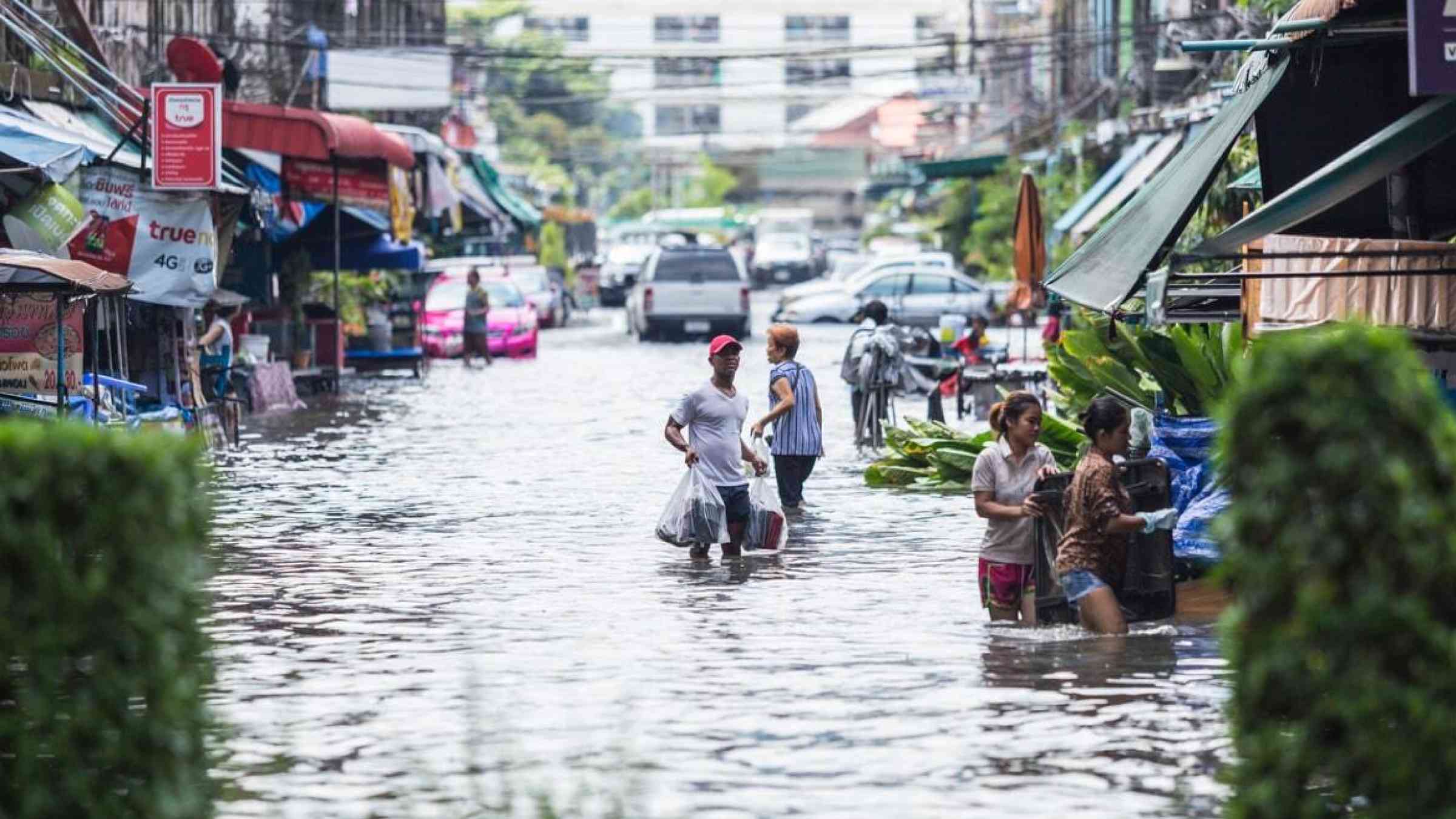Understanding and modeling complex risks in coupled human-environment systems

2 Papers
Losses from extreme weather events increased globally over the last decades and are expected to further increase in the future. These losses arise from a complex interplay between human and environmental systems, whose outcomes are often hard to predict. Risk quantification and management increasingly rely on the use of model simulations of various kinds (e.g., agent-based models, system dynamic models), and of a diverse set of techniques (e.g., extreme value analysis, scenario analysis). The value of these tools for risk quantification and management improved over the years. Yet, there are still significant gaps that offer many research opportunities, including a better treatment of uncertainties, an improved integration of feedback mechanisms between climatic and socio-economic changes, and the need of expanding models from single to multi-hazards and -vulnerabilities.
Furthermore, systemic risks arising from the interaction of phenomena within complex and highly interconnected human-environmental systems are poorly understood. Systemic risks are emerging risks and, thus the estimation of their probabilities and expected losses or the calibration of models creates methodological challenges. With these types of risks, commonly used statistical techniques may fall short and, thus, new methods to quantify and understand the systemic nature of risk are needed.
Our session aims to be forum for studies on climate change related systemic risks, multi-hazards and multi-vulnerabilities, modeling the natural and human Earth system, modeling of socio-economic impacts, approaches to resilience and adaptation.
Primary Convener
- Christian L. E. Franzke
- Institute for Basic Science
Conveners
- Jana Sillmann
- Center for International Climate and Environmental Research Oslo
- Jürgen Scheffran
- University of Hamburg
- Colin Raymond
- NASA Jet Propulsion Laboratory
Student/Early Career Convener
- Alessio Ciullo
- ETH Zurich
Cross-Listed
Index Terms
Papers
- Robust Amplifications in Multivariate Risks in Global Drought Propagations by Poulomi Ganguli1, Avijit Majhi1 and Rohini Kumar2, (1)Indian Institute of Technology Kharagpur, Agricultural and Food Engineering, Kharagpur, India, (2)Helmholtz Centre for Environmental Research GmbH – UFZ, Leipzig, Germany, Computational Hydrosystems, Leipzig, Germany
- Stochastic Catalog Convergence: Reliability of Severe Thunderstorm Perils Loss Estimation in the Continental U.S. by Enrique Rosero, Verisk, Extreme Events Solutions, Boston, United States